Asking students to make inferences and predictions through the story helps to engage thinking skills. Retelling the story in short form and talking about the key points help students to understand what is needed for retells.
Problem solving, coming up with solutions, attempts and failures, communication, prediction and observations of illustrations, this book covers a whole lot of learning areas. Along with the above areas of learning there are plenty of opportunities to look at rhyming words, occupations, parts of speech, punctuation and vocabulary - double consonants - running, knitting - as well as words that have silent letters such as dough, wriggled, knit.
A week’s worth of linked literacy and cross curricular activities, tied to one story, help children to gain knowledge and skills. They are able to become very familiar with a story and listening to fluent reading with expression. As the week progresses and the book is repeated daily, the students gain confidence to read along with the teacher and use expression to join in. The sense of humour contained in the book and the beautiful illustrations all aid in drawing the students into the story and having them participate.
Some cross curricular activities that Room 1 have done with this story include:
-
Making lists of rhyming words using the ‘old’ family.
-
Making observations of where the mouse is in the illustrations and using positional language and verbs to describe where it is and what it is doing.
-
Think, peer, share discussions around the jobs of the people the King asks to help and what they might come up with.
-
Discussing the kind of person the king might be, the queen might be.
-
The double consonants – knitted, knitting, running
-
The words with silent letters – dough, knit, knitted, knitting, stitched, wriggled
-
Creating their own sock with a hole in it as an art activity.
-
Writing a speech bubble explaining what they will do and how they will mend the sock.
There are many more activities that can be linked in with shared book learning and these are often great independent activities where the children can teach each other and problem solve to answer or complete tasks. Observing students using these skills during guided reading and independent reading is a great way to see how successful the shared reading time is.
We do really cool activities like making things for craft and doing art.
We learn how to do story maps and use information from the book.
I love listening to the stories being read.
Mrs Ross changes her voice and I like how it sounds.
I enjoy doing the art activities and writing about them.
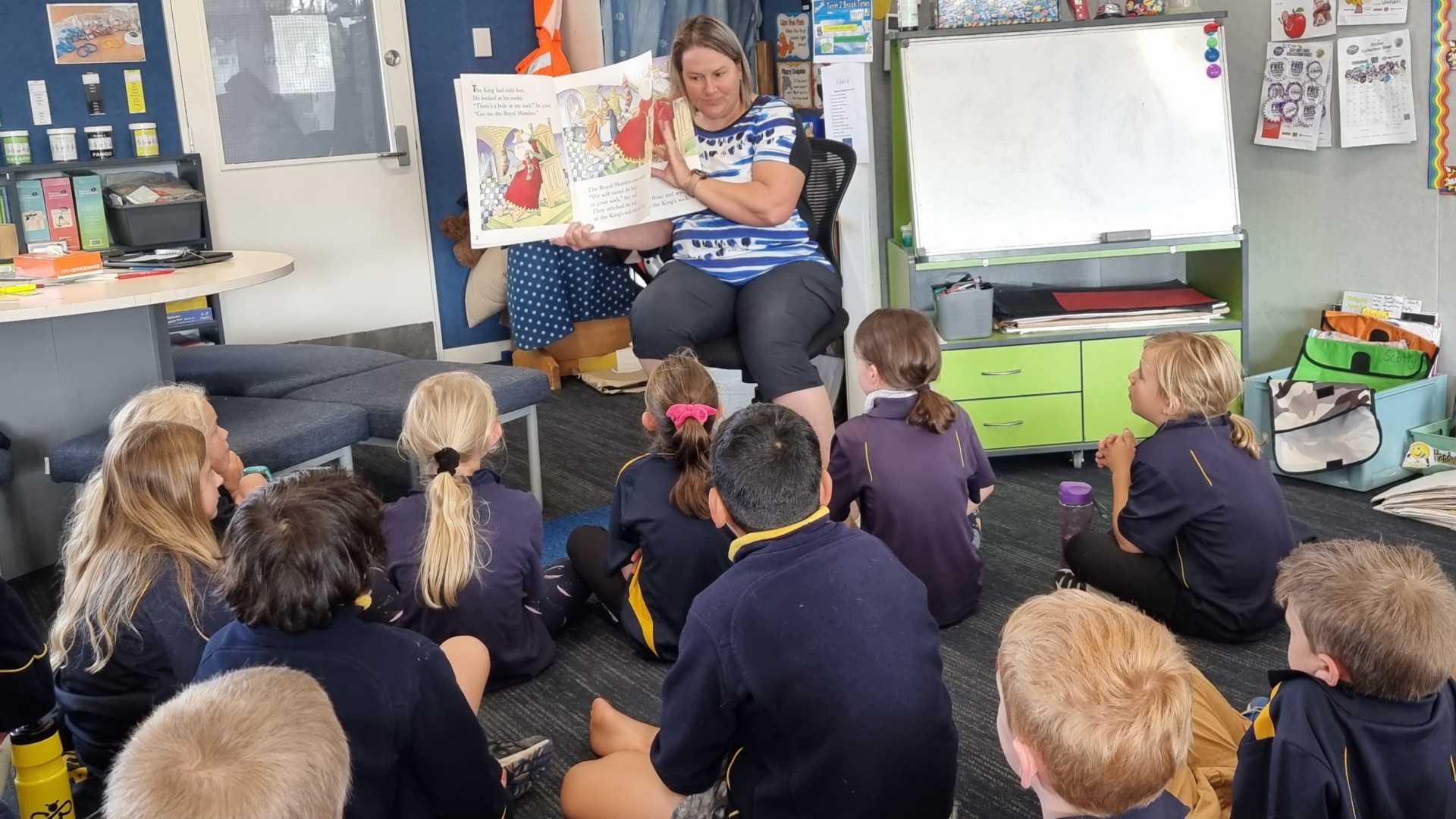
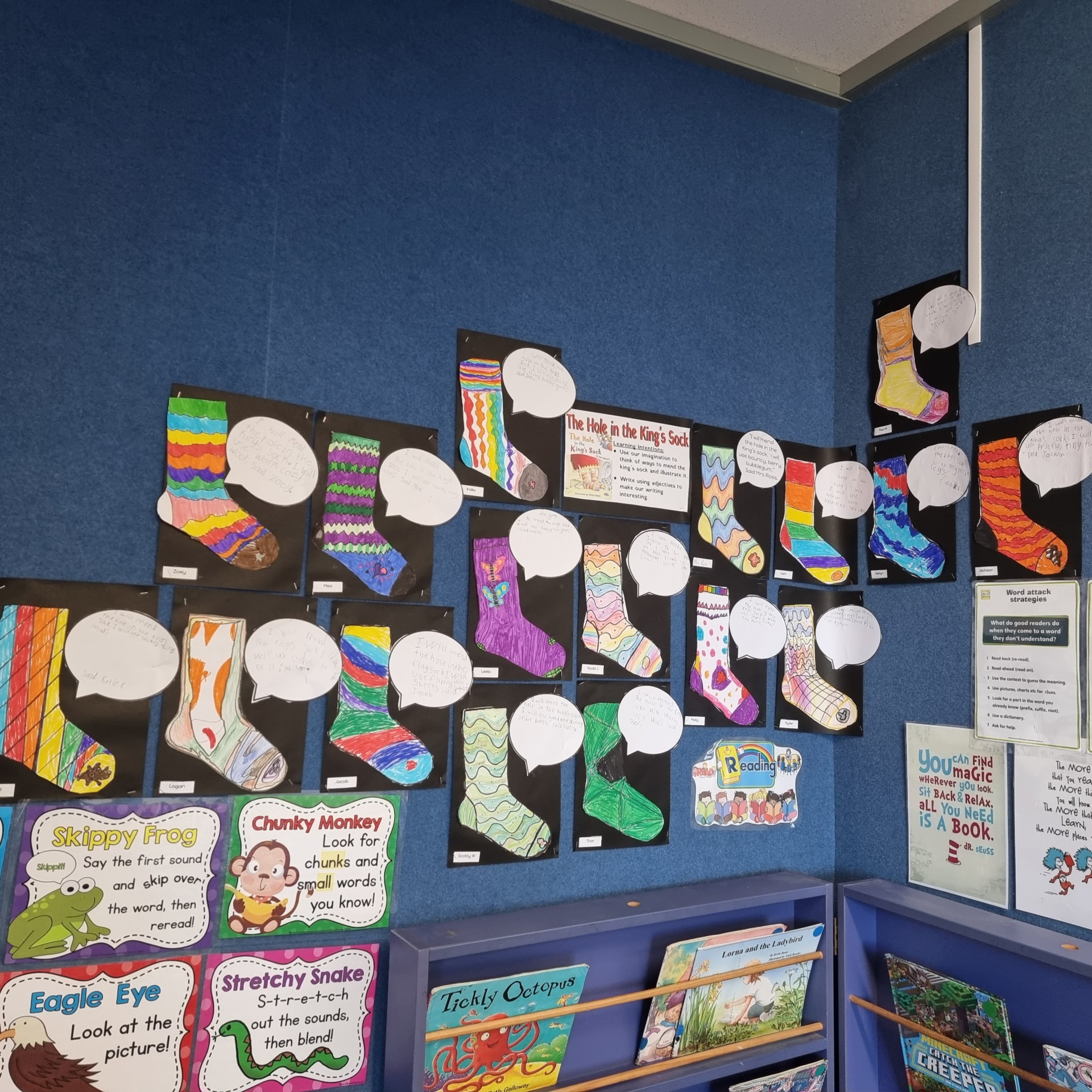
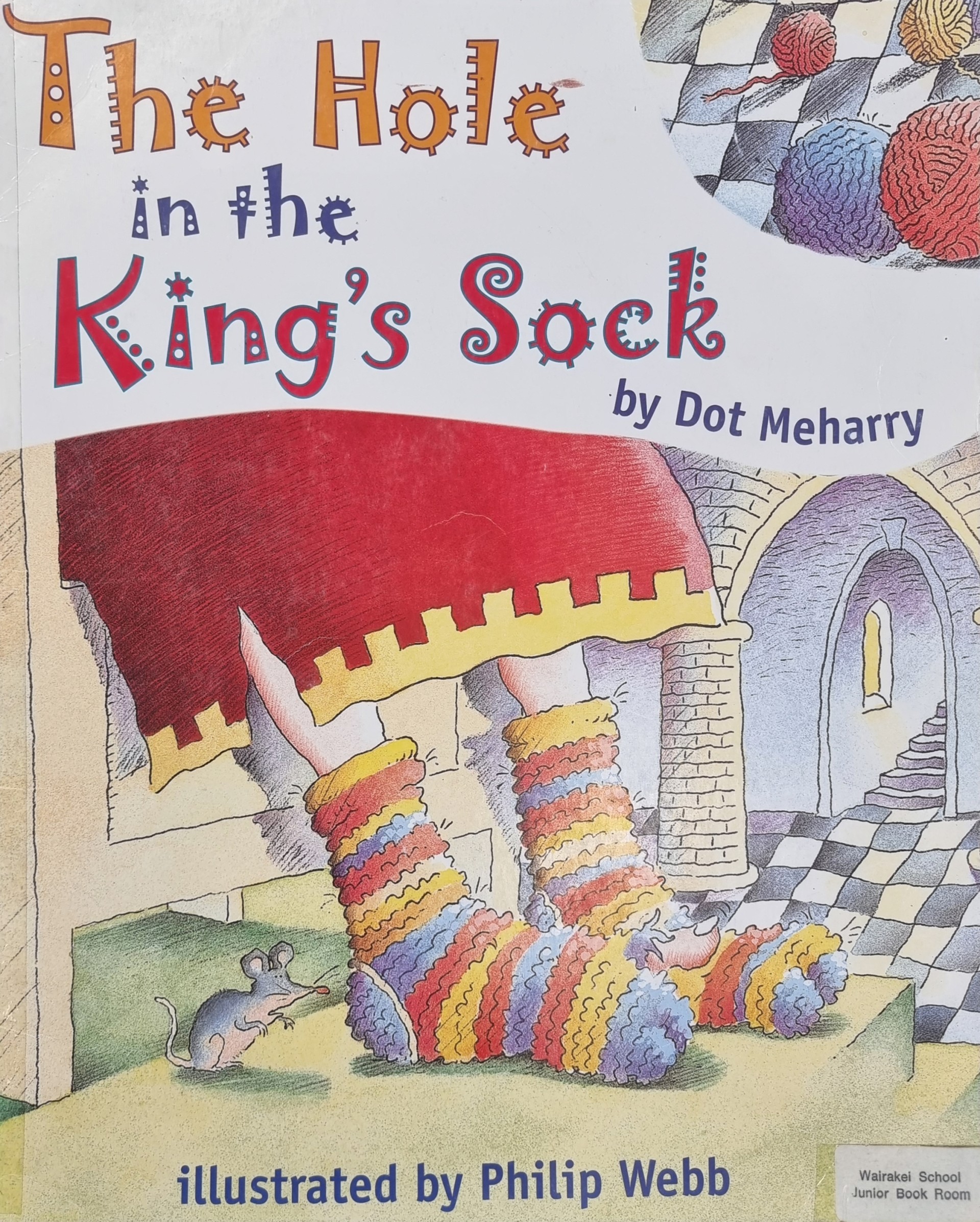
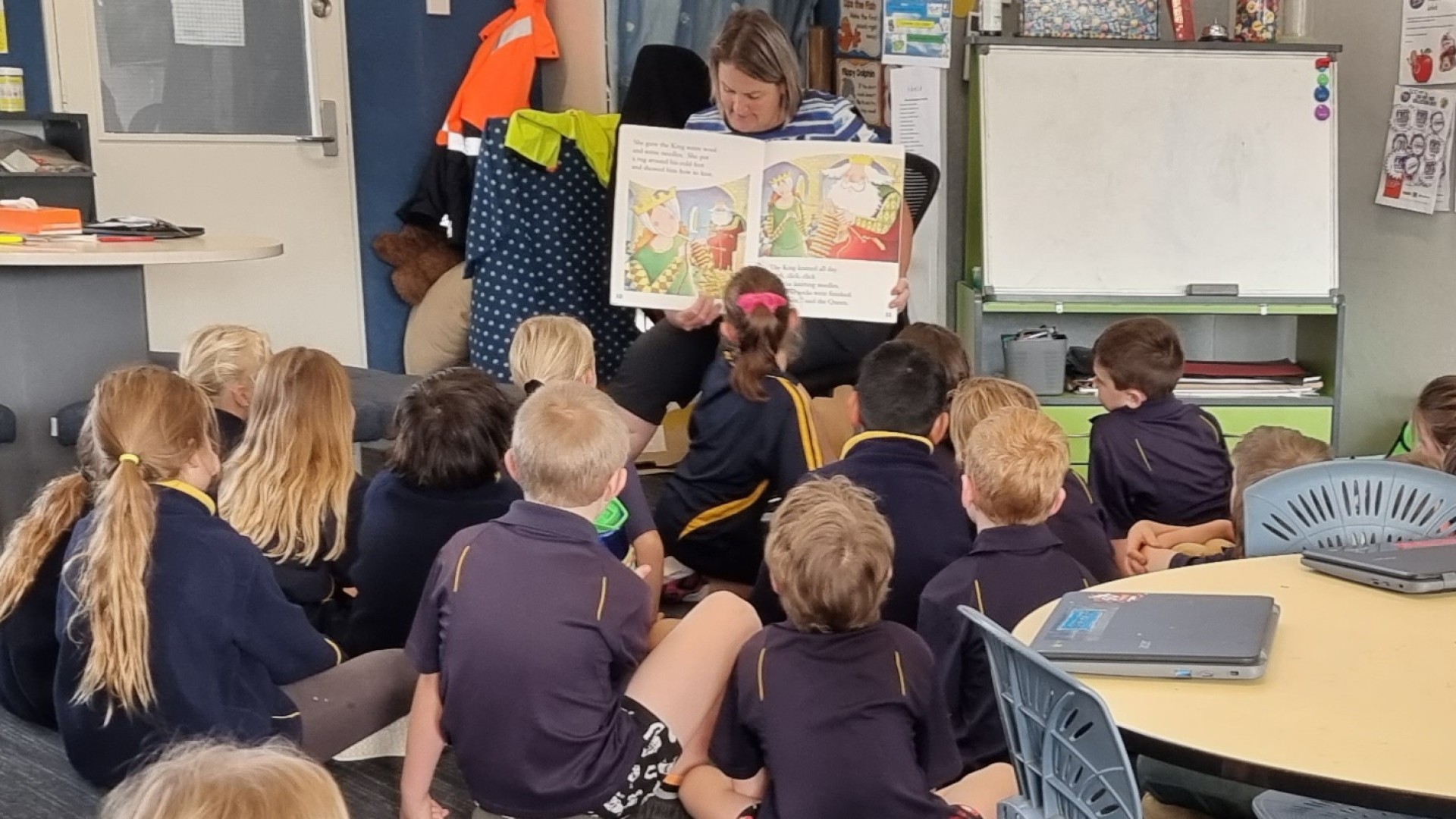
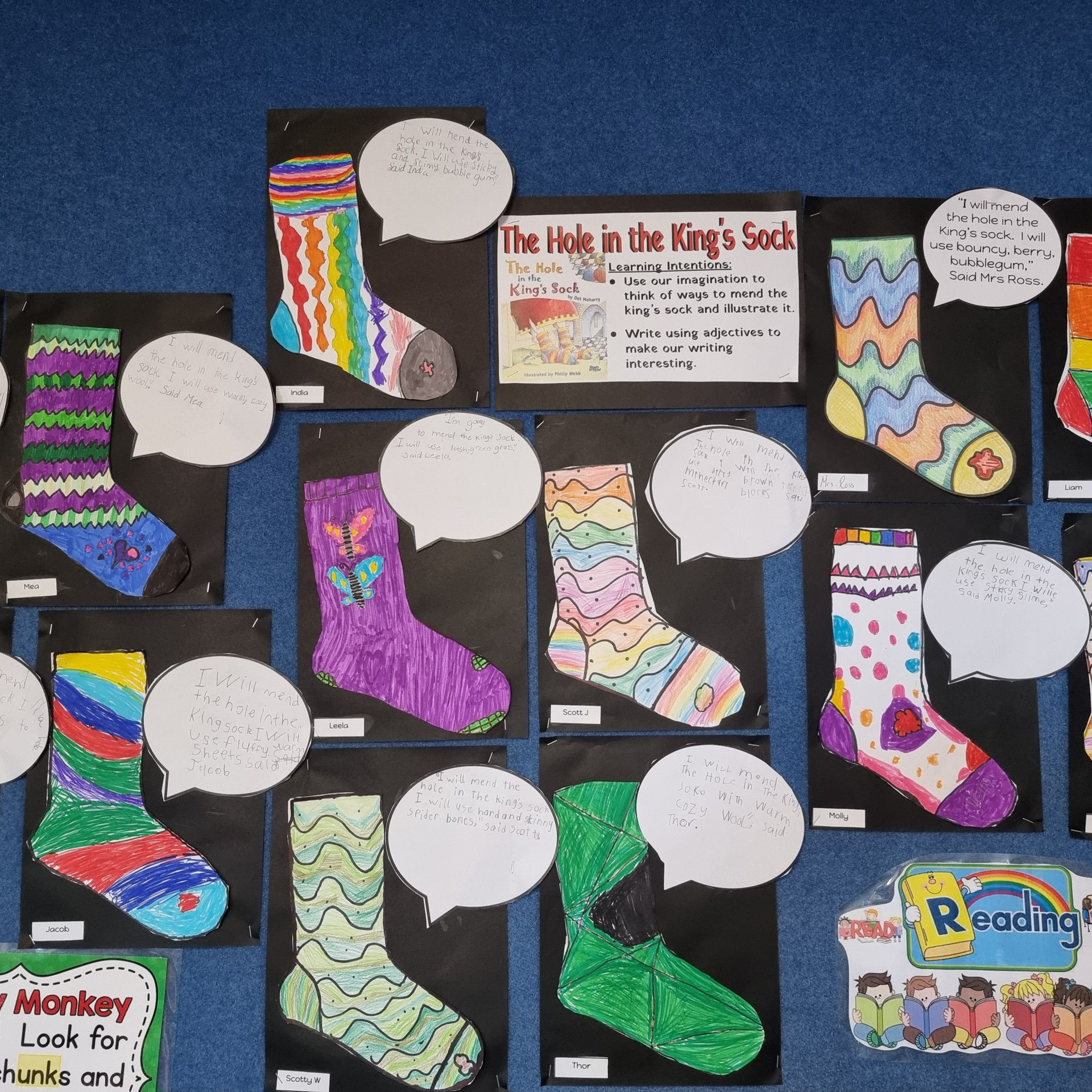
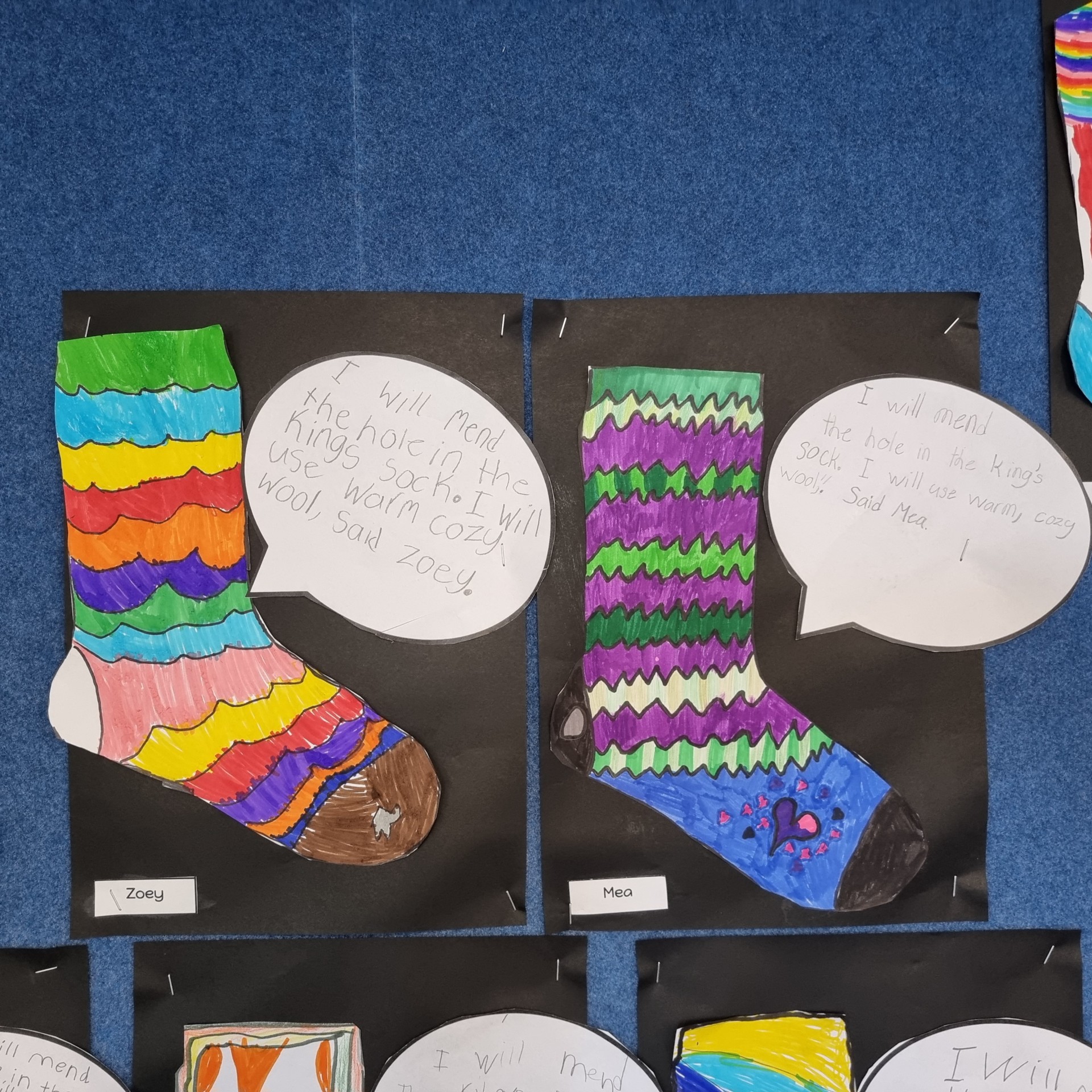


Comments are disabled for this post.